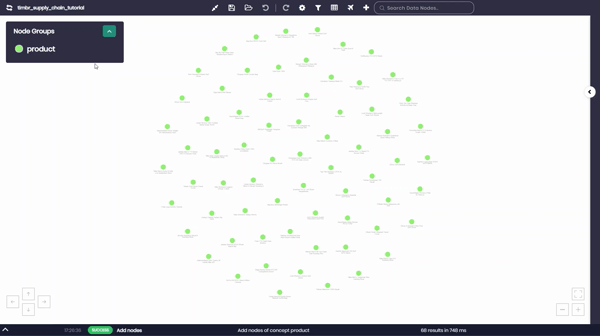ontologies' consumption
OLAP
Timbr turns semantic models into full-fledged OLAP cubes, enabling rapid multidimensional analysis via tools like Microsoft Excel.
By leveraging MDX support and built-in hierarchies, Timbr delivers agile, slice-and-dice analytics on business concepts, without requiring traditional ETL or cube development.
Key Capabilities
Dynamic
schemas
Cubes are defined without pre-aggregation, Timbr computes aggregations at query time based on your selected dimensions.
Native OLAP
navigation
Time, geography, or product hierarchies are surfaced as pivotable dimensions in Excel and BI tools.
Reusable
business logic
Measures, dimensions, and hierarchies are defined once in the ontology and leveraged across SQL, MDX, REST, and more.
Tool
compatibility
Works with Excel, Power BI (via Excel import), and any MDX-capable BI platform.
Governed
access
Role-based and row-level security policies defined in the ontology apply across OLAP queries.
How it Works
- Concept-to-cube mapping: You expose any concept (e.g., Order, Product, Region) as an OLAP cube via Timbr’s UI or SQL-driven DDL. Timbr dynamically handles the measures and dimensions.
- MDX endpoint: Timbr provides an MDX endpoint compatible with Microsoft Excel and OLAP tools. Connect via “Analysis Services” using your Timbr URL and token.
- Hierarchies & navigations: The semantic hierarchies defined in your ontology, like time, product, or geography, are automatically presented as navigable levels within the cube.
Key Benefits for Data Consumers
- Fast Insights: Instant multidimensional analysis across hierarchies without pre-aggregation.
- Consistent Data Logic: One semantic model means uniform business definitions across all tools.
- Ready for Autonomous AI Agents: Contextualized access to warrant accuracy and ease of retrieval.
- Governed Simplicity: Protected access with row-level security baked into every cube.
- High Interoperability: Leverage OLAP tools you already use without changing workflows.
- Low Maintenance: Cube structures evolve dynamically with your ontology.
